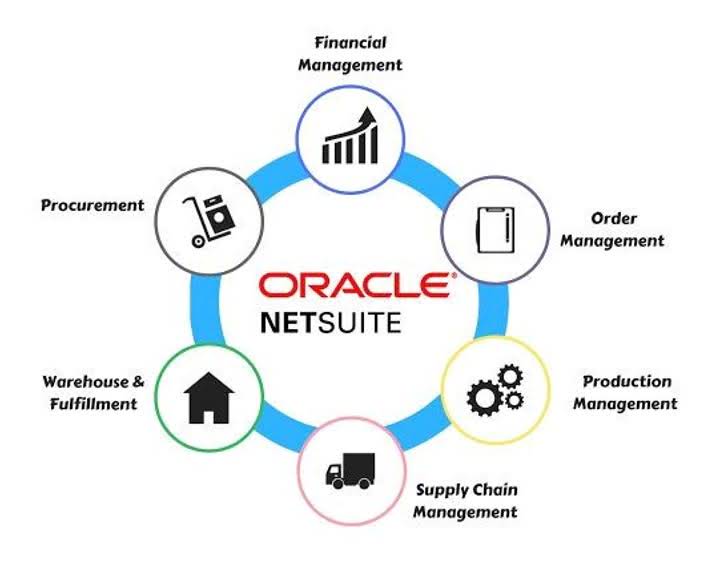Accumulated Loss: Understanding its Significance in Accounting

Employee A is a participant in Plan X, sponsored by Employer M. A, who was born in 1957, died in 2024 (the calendar year A would have reached age 67 and accordingly before A’s required beginning date), having named A’s surviving spouse, B, who was born in 1958, as the sole beneficiary. In accordance with the terms of Plan X, B is subject to the 10-year rule. B takes a $1,000 distribution in 2031 (the calendar year in which B reaches age 73).
- One commenter requested that each of the annuity payment increases permitted under a defined benefit plan (such as a fixed percentage increase in annuity payments that is less than 5 percent) be permitted for annuity contracts without regard to the condition that the total future expected payments exceed the total value being annuitized.
- Accounts Receivable increases (debit) for $1,500 because the customer has not yet paid for services completed.
- In the long run, such initiatives may lead to better returns for the company shareholders instead of those gained from dividend payouts.
- However, it can be challenged by the shareholders through a majority vote because they are the real owners of the company.
- FP issues 100 shares of voting stock with a fair market value of $100x to FS, $40x of which (the 40-percent FP block) is issued in exchange for $40x of newly issued common stock of FS and $60x of which (the 60-percent FP block) is issued in exchange for $60x of cash.
- This amount represents the cumulative profits that have been reinvested into the company rather than paid to shareholders as dividends.
Finding List of Current Actions on Previously Published Items1
- (j) Distributions restricted pursuant to section 436—(1) General rule.
- A conduit trust is defined in the regulations as a see-through trust, the terms of which provide that all plan distributions will, upon receipt by the trustee, be paid directly to, or for the benefit of, primary beneficiaries during their lifetimes.
- Pursuant to section 402(c)(9), if any distribution attributable to an employee is paid to the employee’s surviving spouse, section 402(c) applies to the distribution in the same manner as if the spouse were the employee.
- (C) Subject to paragraph (f)(5)(v) of this section, the rules of paragraphs (b) and (e)(2) of this section and §1.401(a)(9)-5(f)(2) will apply taking into account the new beneficiary and all of the beneficiaries of the trust that were treated as beneficiaries of the employee before the addition of the new beneficiary.
- OnPropensity’s statement of cash flows, this amount is shown in theCash Flows from Operating Activities section as Gain on Sale ofPlant Assets.
Because Trust T is a conduit trust (meaning the residual beneficiary rule in paragraph (f)(3)(i)(B) of this section does not apply) and because E is only entitled to any portion of C’s account if D dies before the entire account has been distributed, E is disregarded in determining C’s designated beneficiary. Because D is an eligible designated beneficiary, D may use the life expectancy rule of §1.401(a)(9)-3(c)(4). Accordingly, even if D dies before C’s entire interest in Plan W is distributed to Trust T, D’s life expectancy continues to be used to determine the applicable denominator. Note, however, that because §1.401(a)(9)-5(e)(3) applies in this situation, a distribution of C’s entire interest in Plan W will be required no later than the end of the calendar year that includes the tenth anniversary of D’s death. The amount required to be distributed for each calendar year in order to satisfy section 401(a)(9)(A) and (G) generally depends on whether the amount to be distributed is from an individual account under a defined contribution plan, is an annuity payment from a defined benefit plan, or is a payment under an annuity contract. For the method of determining the required minimum distribution in accordance with section 401(a)(9)(A) and (G) from an individual account under a defined contribution plan, see §1.401(a)(9)-5.
PART 31—EMPLOYMENT TAXES AND COLLECTION OF INCOME TAX AT SOURCE
The data set explained these net book value and cash proceeds facts for Propensity Company. However, had these facts not been stipulated in the data set, the cash proceeds could have been determined by adding the reported $4,800 gain on the sale to the $10,000 net book value of the asset given up, to arrive at cash proceeds from the sale. Although the net income reported on the income statement is an important tool for evaluating the success of the company’s efforts for the current period and their viability for future periods, the practical effectiveness of management is not adequately revealed by the net income alone. The net cash flows from operating activities adds this essential facet of information to the analysis, by illuminating whether the company’s operating cash sources were adequate to cover their operating cash uses. When combined with the cash flows produced by investing and financing activities, the operating activity cash flow indicates the feasibility of continuance and advancement of company plans. Increases in current liabilities indicate an increase in cash, since these liabilities generally represent (1) expenses that have been accrued, but not yet paid, or (2) deferred revenues that have been collected, but not yet recorded as revenue.
§1.1248-1 Treatment of gain from certain sales or exchanges of stock in certain foreign corporations.
Under this paragraph (k)(2), the adjusted employee/beneficiary age difference is calculated by taking the excess of the employee’s age over the beneficiary’s age and subtracting the number of years the employee is younger than the applicable age (in this case, age 73). Because Z is commencing benefits 6 years before attaining the applicable age, the adjusted employee/beneficiary age difference is 25 years. Under table 1 to paragraph (b)(2)(iii) of this section, the applicable percentage for a 25-year adjusted employee/beneficiary age difference is 66 percent. The plan does not satisfy the MDIB requirement because, as of January 1, 2025 (the annuity starting date), the distribution option provides that, as of Z’s required beginning date, the monthly payment to Y upon Z’s death will exceed 66 percent of Z’s monthly payment.
Analysis of Change in Cash

Supplemented is used in situations in which a list, such as a list of the names of countries, is published in a ruling and that list is expanded by adding further names in subsequent rulings. After the original ruling has been supplemented several times, a new ruling may be published that includes the accumulated net amount of revenue less expenses and dividends is reflected in the balance of the list in the original ruling and the additions, and supersedes all prior rulings in the series. Amplified describes a situation where no change is being made in a prior published position, but the prior position is being extended to apply to a variation of the fact situation set forth therein.

A beneficiary designated under the plan is a person who is entitled to a portion of an employee’s benefit, contingent on the employee’s death or another specified event. The determination of whether a beneficiary designated under the plan is taken into account for purposes of section 401(a)(9) is made in accordance with paragraph (c) of this section or, if applicable, paragraph (d) of this section. (3) Distributions commencing before required beginning date—(i) In general. Lifetime distributions made before the employee’s required beginning date for calendar years before the employee’s first distribution calendar year, as defined in §1.401(a)(9)-5(a)(2)(ii), need not be made in accordance with section 401(a)(9). The facts are the same as in paragraph (b)(3)(i) of this section (Example 1), except that B elected to purchase an annuity that pays over B’s lifetime with a 15-year certain period starting in the calendar year following the calendar year of A’s death.
- However, note that the above calculation is indicative of the value created with respect to the use of retained earnings only, and it does not indicate the overall value created by the company.
- As the formula suggests, retained earnings are dependent on the corresponding figure of the previous term.
- Under table 1 to paragraph (b)(2)(iii) of this section, the applicable percentage for a 25-year adjusted employee/beneficiary age difference is 66 percent.
- Since a portion of the service was provided, a change to unearned revenue should occur.
- The result does not change merely because the amount of the adjustment is paid in a separate supplemental payment.
- Dividends payable can change because of two transactions, as in this example, or because of one transaction, which could be either a dividend declaration with no payment of cash, or a payment of the dividend payable and no dividend declaration.
Accumulated Losses Vs Retained Earnings
(c) Treatment of transfer under transferor plan—(1) Generally not treated as distribution. In the case of a transfer of an amount of an employee’s benefit from one plan (transferor plan) to another plan (transferee plan), the transfer is not treated as a distribution by the transferor plan for purposes of section 401(a)(9). Instead, the benefit of the employee under the transferor plan is decreased by the amount transferred. However, if any portion of an employee’s benefit is transferred in a distribution calendar year with respect to that employee, in order to satisfy the requirements of section 401(a)(9), the transferor plan must determine the amount of the required minimum distribution with respect to that employee for the calendar year of the transfer using the employee’s benefit under the transferor plan before the transfer. The transferor plan may satisfy the minimum distribution requirement for the calendar year of the transfer (and the prior year if applicable) by segregating the amount that must be distributed from the employee’s benefit and not transferring that amount.
Unit 14: Stockholders’ Equity, Earnings and Dividends


